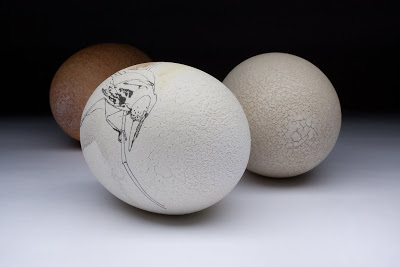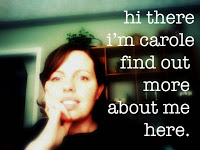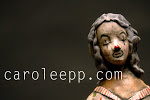by Carole Epp | Nov 8, 2008 | Uncategorized
The competition and exhibition is only open to artists living in Victoria. One outstanding entry will win the main Victorian 1st Prize Acquisitive Award of AUD$5,000. Other Merit Awards up to the value of AUD$4,000 will also be selected from artists living or working in Manningham, Nillumbik, Maroondah or Banyule. All artists, provided they live in Victoria, are eligible for the Victorian 1st Prize Award.
Artists are asked to submit an entry form, their CV, and accompanying images of the work, to Manningham Gallery by Monday 1 December 2008. Applications will be judged, with the exhibition being selected from the images submitted. Short-listed works must arrive at Manningham Gallery by Friday 6 March 2009. The Awards will be chosen from the works selected for exhibition.
Applications close Monday 01 December 2008
Artists advised of selection by Monday 12 January 2009
Final delivery date of artworks by Friday 6 March 2009
Exhibition Opening & Judge’s Presentation on Wednesday 25 March 2009
Exhibition Dates Wednesday 25 March to Saturday 11 April 2009
Manningham Gallery Tel (03) 9840 9367, Email [email protected], Website
by Carole Epp | Nov 8, 2008 | Uncategorized

For the Australians out there:
November 30th is the deadline for the Alice Springs Craft Aquisition Award and exhibition.
Check out their website for more information
or contact them at:
Territory Craft Alice Springs
Phone: (08) 8952 4417 Facsimile: (08) 8952 5465
PO Box 85, Alice Springs 0871 NT 0871
[email protected]
by Carole Epp | Nov 8, 2008 | Uncategorized
How about Brazil?
Deadline for applications is November 15th.
This residency program is for a variety of disciplines, not limited to ceramics.
For all the info check out their website here.
by Carole Epp | Nov 1, 2008 | Uncategorized
I guess it’s been longer than I thought since I’ve posted any sort of Artist Profiles…my to-do list grows forever longer. But today I have a minute to show you the work of Joanne Searle. I met Jo years ago now and was intrigued by her work from the beginning. Back then she used to make these beautiful porcelain sticks that were actually built using printmaking techniques on slipcast slabs and then rolling the paper thin porcelain into the rounded forms. They were lovely and brought to mind all of the collecting we do as children (many of us still as adults too!) of miscellaneous objects out in nature or in our daily travels. I remember going through a stage myself of collecting rusted discarded metal pieces from around the city. Nuts and bolts and bits that had fallen off passing cars. I think Jo taps into this process of collecting and form of cataloguing of objects or images as a means of representing space and time, of perhaps the passing of time as marked by the natural objects she references and their various stages of life and decay. Her new work has embarked on a new direction with a new form to display the imagery.

Here’s a bit of her own words describing the new form found in her works:
“Intrinsic to an egg is its complete and uninterrupted form. These qualities invite the viewer to continually trace and map over the form. The viewer can enter and exit easily while establishing notions of discovery, inquiry and mapping. I have used the egg as a vehicle to explore the origins of my ideas, to record & remember place and try to emulate my personal experience & connection with nature.
My use of the egg form with its inherent meaning and significance overlap and parallel the ideas surrounding my drawing. Collectively they exist as a compilation of observations, memory and the imagined. Residues of place and emotion coincide with photographic records
The early stages of the work were developed through field trips, often returning to the same site or collecting mementos from sites. It became apparent to me when I returned, that I was preoccupied with the changes that had taken place on the skin of nature.”


I met Jo when living in Canberra Australia and at the time remember being quite taken by alot of the work produced by artists in the region representing nature in their work. About 6 months before I had arrived a horrible bushfire had destroyed a large section of outlying land around Canberra, had killed a large population of wildlife and had even damaged parts of the city. It had a profound effect on the residents and had strengthen their already intimate ties to nature.
Jo Searle currently works at the Australian National University and can be contacted through the Distance Ceramics Program office if you’re interested in her work.











